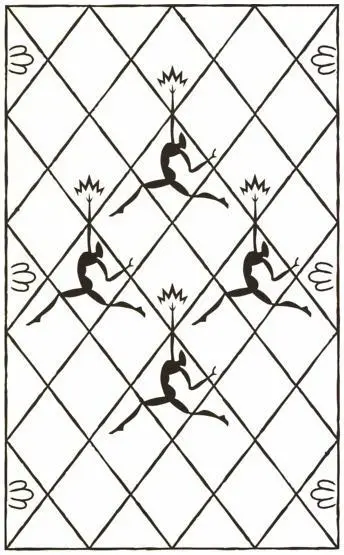In Search Of Lost Time, Volume IV: Sodom and Gomorrah
IN SEARCH OF
LOST TIME
VOLUME IV
SODOM AND GOMORRAH
MARCEL
PROUST
TRANSLATED BY
C.K. SCOTT
MONCRIEFF AND
TERENCE
KILMARTIN
REVISED BY
D. J. ENRIGHT

T H E M O D E R N L I B R A R Y
N E W Y O R K
CONTENTS
PART ONE
PART TWO
Chapter one
The Intermittencies of the Heart
Chapter Two
Chapter Three
Chapter Four
Notes
Addenda
Synopsis
Numerals in the text refer the reader to explanatory notes while asterisks indicate the position of textual addenda. The notes the addenda follow the text.
About The Modern Library
The Modern Library has played a significant role in American cultural life for the better part of a century. The series was founded in 1917 by the publishers Boni and Liveright and eight years later acquired by Bennett Cerf and Donald Klopfer. It provided the foundation for their next publishing venture, Random House. The Modern Library has been a staple of the American book trade, providing readers with affordable hardbound editions of important works of literature and thought. For the Modern Library’s seventy-fifth anniversary, Random House redesigned the series, restoring as its emblem the running torchbearer created by Lucian Bernhard in 1925 and refurbishing jackets, bindings, and type, as well as inaugurating a new program of selecting titles. The Modern Library continues to provide the world’s best books, at the best prices.

About the Book
“Flower and plant have no conscious will. They are shameless, exposing their genitals. And so in a sense are Proust’s men and women . . . shameless. There is no question of right and wrong. Homosexuality . . . is as devoid of moral implications as the mode of fecundation of the Primula veris or the Lythrum salicoria.” —SAMUEL BECKETT
The theme of Sodom and Gomorrah is sexual ambiguity. In the opening scene, the narrator secretly observes a sexual encounter between two men that is played out “as though in obedience to the laws of an occult art” The book unfolds on matters of “vice,” “inversion,” mystery, desire, love, longing, and illusion.
The final volume of a new, definitive text of À la recherche du temps perdu was published by the Bibliothèque de la Pléiade in 1989. For this authoritative English-language edition, D. J. Enright has revised the late Terence Kilmartin’s acclaimed reworking of C. K. Scott Moncrieff’s translation to take into account the new French editions.

MARCEL PROUST
Marcel Proust was born in the Parisian suburb of Auteuil on July 10, 1871. His father, Adrien Proust, was a doctor celebrated for his work in epidemiology; his mother, Jeanne Weil, was a stockbroker’s daughter of Jewish descent. He lived as a child in the family home on Boulevard Malesherbes in Paris, but spent vacations with his aunt and uncle in the town of Illiers near Chartres, where the Prousts had lived for generations and which became the model for the Combray of his great novel. (In recent years it was officially renamed Illiers-Combray.) Sickly from birth, Marcel was subject from the age of nine to violent attacks of asthma, and although he did a year of military service as a young man and studied law and political science, his invalidism disqualified him from an active professional life.
During the 1890s Proust contributed sketches to Le Figaro and to a short-lived magazine, Le Banquet, founded by some of his school friends in 1892. Pleasures and Days, a collection of his stories, essays, and poems, was published in 1896.
1 comment